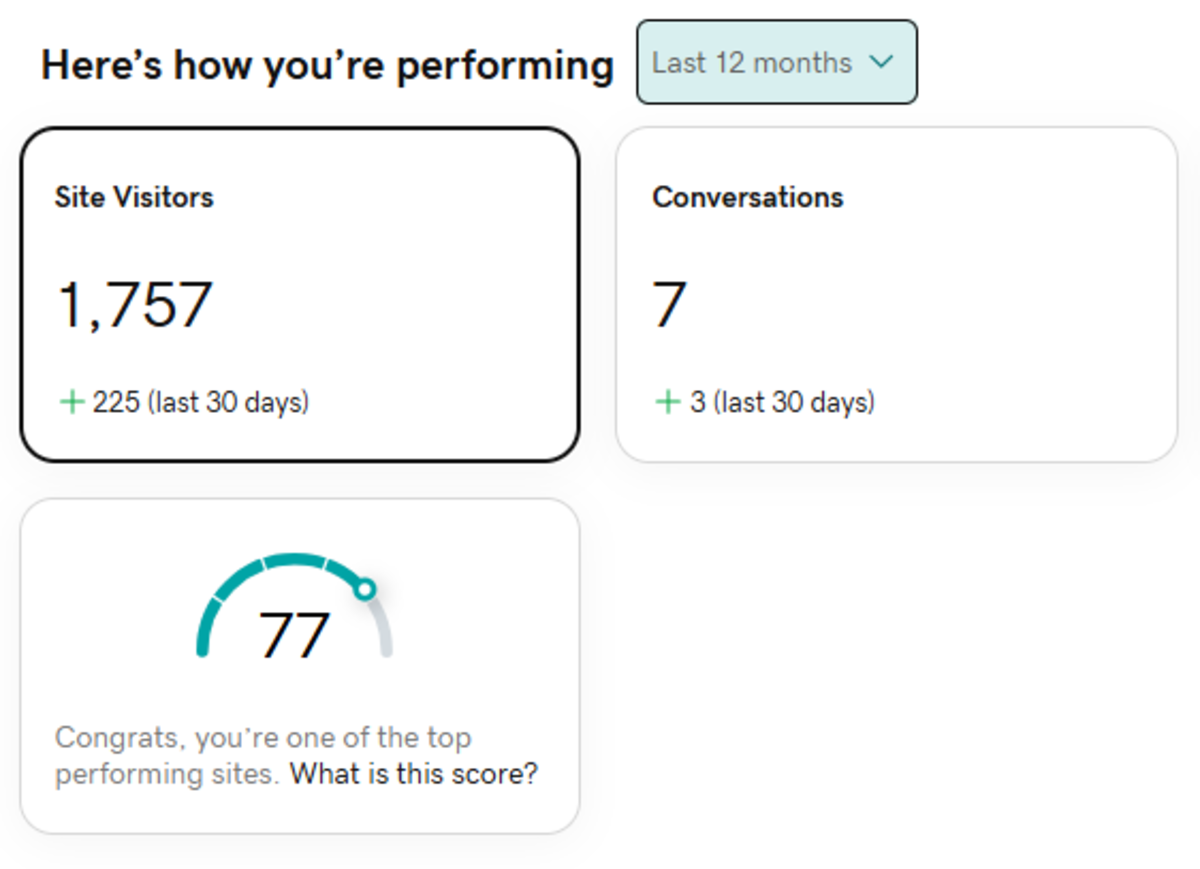How to Improve Communication Skills in the Workplace

Improving communication skills in the workplace is important since most of us spend the greatest amount of time there outside of home. It is also imperative that work morale, a derivative of wholesome communication, is high. It greatly contributes to job satisfaction and often sets the tone for things happening away from work.
Communication is essential in human interaction and work is crucial to societal welfare. We all must work and thus interact; so productive and enjoyable work depends on our communication ability.
Now not every workplace has a breakdown in communications and angry, negative people at each other’s throats. Problematic interpersonal communications is not the focus of this article. Instead, let me explain what the approach is.
What is Communications?
Communication is something we all can do easily with a little help; but it takes practice. The kind of communication skill explained here is not speech tactics but protocols. Understand “communication” to mean a mutual participation of persons. Yet this doesn’t always happen freely in work settings due to unnoticed and unintended barriers even though everybody is talking with one another. It will often supply the answer to what is missing on the job, namely interpersonal vitality and confidence in the company and fellow workers. These bolster morale. Important in itself, it is more crucial when we understand that morale—how workers feel about their work—affects the product or service.
This article will highlight four barriers and offer solutions to make communication happen quicker. Two relational barriers and two functional barriers will be discussed. It is important to stress that these barriers may exist by omission, for things not being done.

Does your workplace enjoy high morale?

Think About It:
If people can communicate so easily to express their criticisms and negativity, why can't they do it to better their relations? It would make a big difference in the work environment and training departments should facilitate this change.

Which of the barriers do you need more help with as a manager or worker?

Communication Barriers in the Workplace
Relational Barrier No. 1: Depreciation
Work can quickly become a farm where people are herded in and out like animals, used only for what they can provide and then axed in the end. Morale plunges when fellow workers are undervalued and viewed as expendable—not just for their work but also their person: personality matters.
Communication Skill Solution: View every worker as a necessity. It is the first rule of solidarity and moves people beyond foibles and faults.
Create a goal of becoming gracious. Giving grace is the control to embrace and support others despite their misgivings and with the expectation of personal growth—and who doesn’t need this amidst duties and deadlines?
See the good in others and nurse it. Help others become better persons for their work. One could work better but still be a difficult personality or he could grow relationally and enrich his work and work environment.
Relational Barrier No. 2: Exclusivity
No one likes to feel left out. But being left out may occur when groups form and some are not invited to participate. This may be unintentional but, worse, a clique may have formed, intentionally or not.
Cliques oppose morale because the focus is the group and not the workplace as a cohesive unit. Also, management can exclude workers—the “us versus them” or “master-slave” mentality where certain ones are important and information is top secret.
Communication Skill Solution: Be transparent.
Cliques might never form if people learn more about those around them. It is simple advice but learn to talk to people and ask them what you want to know. (Tip: They will probably tell you.) Conversely, be open with information that isn’t private. If it’s too sensitive or personal, it doesn’t need to be shared; but, if it’s no secret, why hide it?
The same goes for management: Give workers as much information as possible about their workplace and company decisions. Again, what is private or still developing can remain off-limits. But workers are part of the team and deserve to know upfront. Transparency demonstrates trust. There should never be a chasm between workers and leadership.
Functional Barrier No. 1: Neglect
Work can stagnate because workers don’t know how to proceed. It is rare that any type of work comes without instructions. So a failure to guide workers in their work, whether you are the manager or a co-worker, will quickly thwart productivity.
Communication Skill Solution: Explain protocol and be objective.
Protocol is the way something is regulated, and there is always a protocol in work situations. It is a pillar of organization and should be clearly explained. Objectivity is important because it is the point about what is to be done, not only the overall purpose but the purpose in each step taken. Protocol and objectivity gets work done efficiently.
Functional Barrier No. 2: Pedanticism
To be pedantic means to be lecturing or bookish. Some people tend to be academic or high-flown in their approach to explaining things, but this can impede another’s learning. Tasks are sometimes demanding to perform and to learn and may need trainers that can also be translators.
Communication Skill Solution: Turn large concepts into smaller, even familiar ideas.
Work can be grasped when difficult concepts are put in the language a person speaks. Now the trainer may have no clue about a person’s background: their role is to simplify, sequence, and define—and diligence here eventually gets the point across. But a trainee, having grasped the concept, will often learn the principle because it correlates with a past experience, something triggered by the trainer’s explanations.
It is also important to simplify the language used. If technical language can be avoided, do so. Finally, explain to workers how their work matters on the task. They have ownership in the process.








